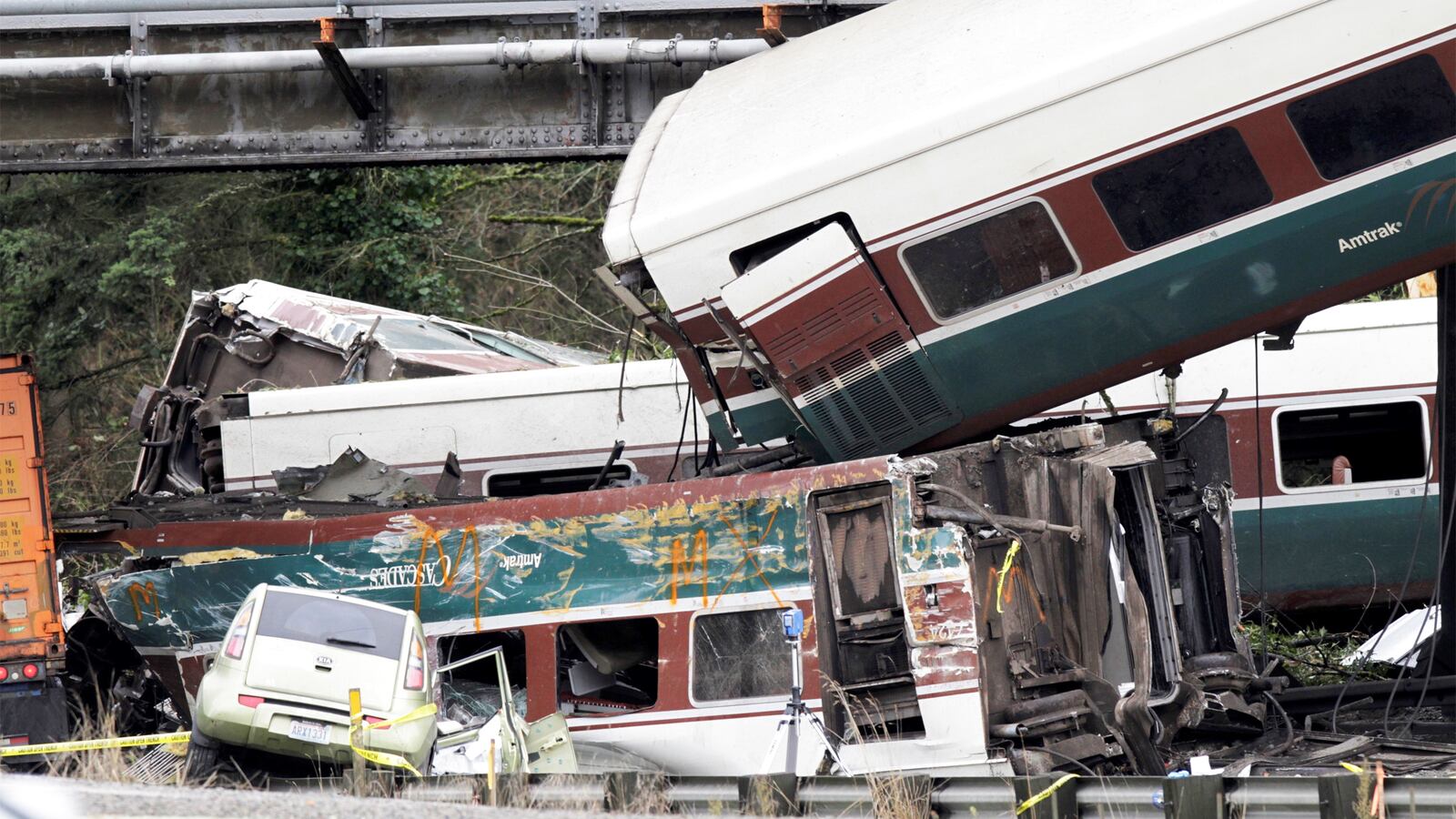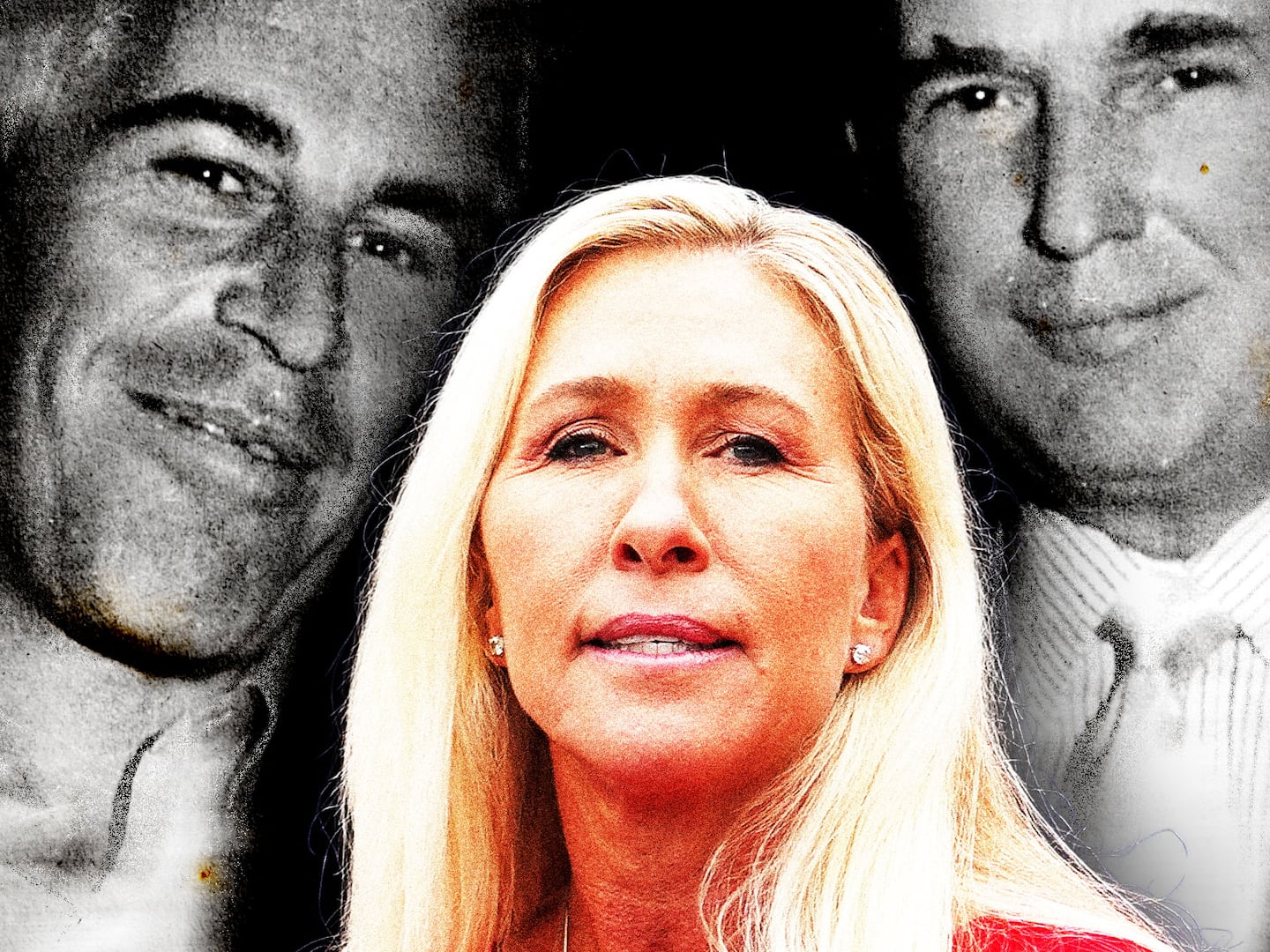DuPONT, Washington — Shawna Gasak was on her way to work in this bedroom community south of Tacoma on Monday morning when she saw traffic backed up past the start of the on-ramp to Interstate 5 south. She skipped it and headed onward, across an overpass, scanning the freeway as she crossed, to spot what she figured was a car accident.
What she saw was a train car dangling off a bridge, above dozens of stalled vehicles. She would later learn that an Amtrak-operated train carrying about 80 passengers and seven crew members en route from Seattle to Portland had derailed, spilling 13 cars off of the track, killing at least three and injuring dozens of others. The train was on its inaugural run along a brand-new route that cost $181 million and that promised to shave 10 minutes off the journey.
“I didn’t think it was real,” Gasak told The Daily Beast. “This is our worst nightmare.”
Gasak is a city councilwoman in DuPont, and what she means by “our worst nightmare” is that she and dozens of other community leaders have fought against the redirection of this stretch of railway for years, worried that shifting the line through quiet DuPont was an idea that would end in tragedy.
The National Transportation Safety Board immediately dispatched a “Go” team to find out why the train careened off its tracks Monday morning. But already speed appears to be one of the main culprits: the posted speed limit at the curve the Amtrak Cascades train failed to negotiate was 30 miles per hour. The train, according to transitdocs.com, a website that calculates Amtrak speeds using data from the railroad’s tracker app, was humming along at 81 mph.
“The way the wreckage is distributed, it looks to me like this is an overspeed issue,” former NTSB safety investigator Russ Quimby told The Daily Beast, after analyzing footage and a series of photographs from the crash. Had there been a problem with the track, Quimby said he’d expect to see photographs off ripped up railroad ties.
“Most of the wreckage is outside the curve. The track looks like it’s in decent shape. It’s not torn up.” That suggests the cars and the locomotive pulling them simply flew off those rails, a concept supported by that 30 to 80 mile-per-hour differential, Quimby said.
“Pencil out the physics,” DuPont City Councilman Michael Gorski told The Daily Beast. “That’s pretty fast.”
The chief complaint among locals about the new Amtrak route was centered entirely around speed. The line includes several “at grade” crossings, which is a jargonistic way of saying the train plows right through a series of intersections well traversed by cars and an alarmingly increasing number of trucks. An Amazon Fulfillment Center and FedEx Ground Center both opened recently in DuPont, adding traffic bottlenecks close to several of those at-grade crossings. As the traffic backs up, trucks are routinely stuck on those railroad tracks.
In 2013, the nearby city of Lakewood sued the Washington Department of Transportation, which owns the line, arguing that the government had failed to properly study the effects of running this new route, a failure that could one day kill people. The government prevailed and moved its railroad anyway.
Before the inaugural run of the new line Monday, though, there was less fear of a collision: only slow-moving trains poked along on those tracks until this week, mostly freight trains hauling goods to and from the mammoth Joint Base Lewis-McChord. The Amtrak train was different matter, however: permitted to go 79 mph, even through the heart of DuPont.
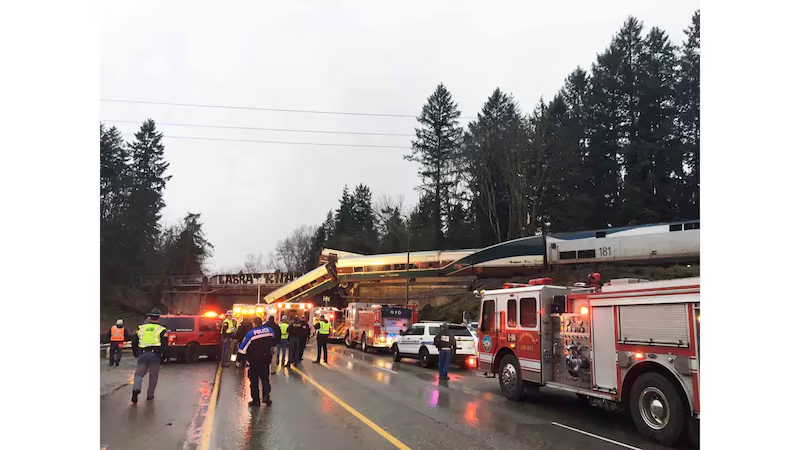
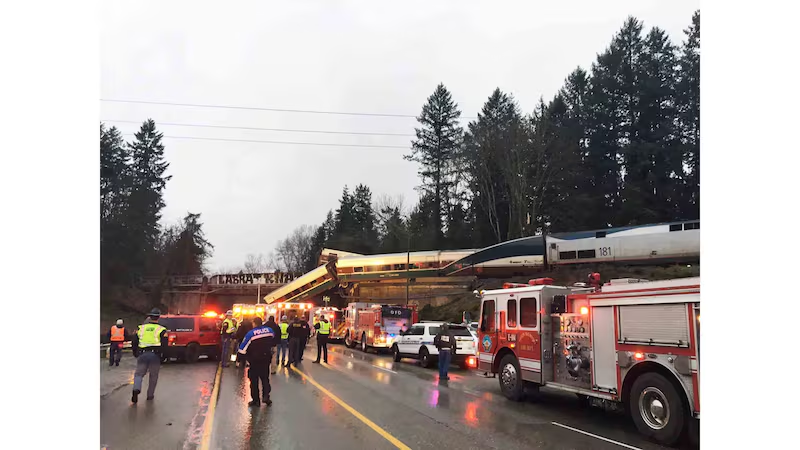
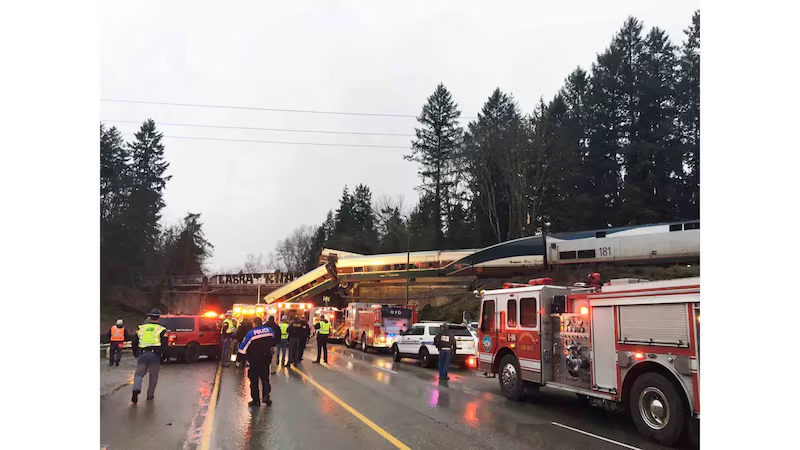
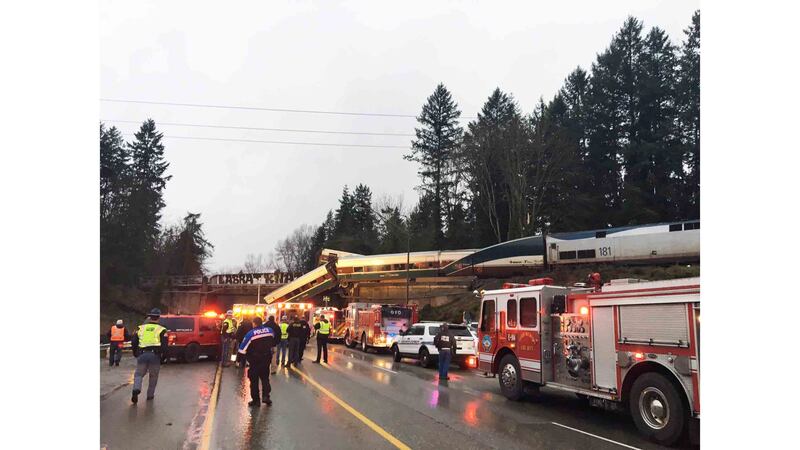
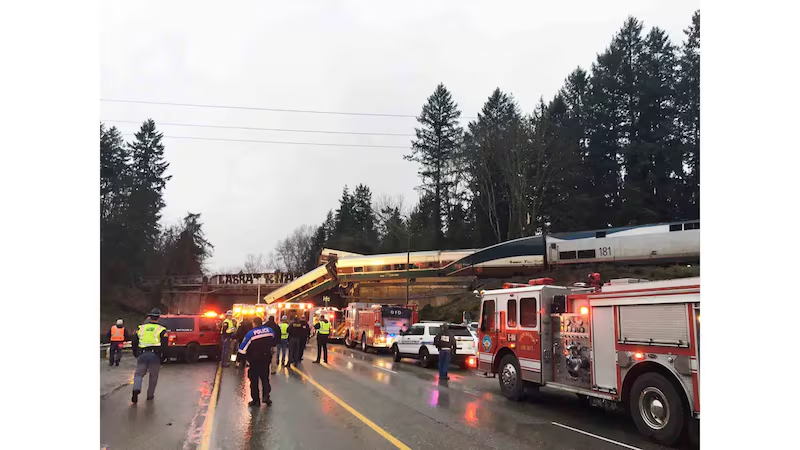
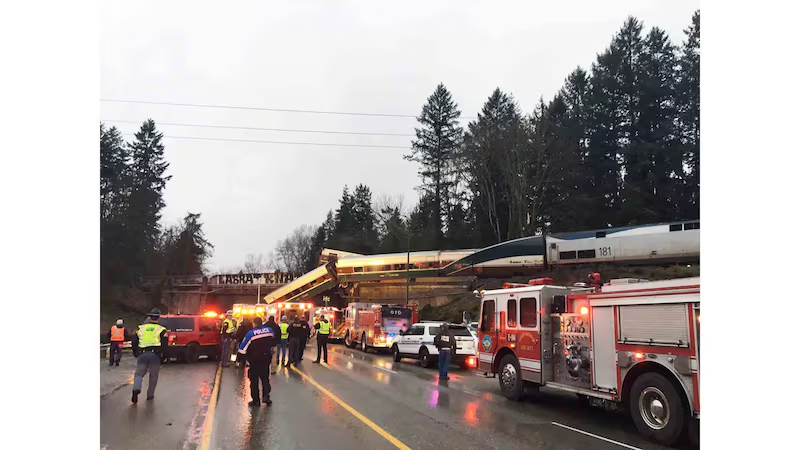
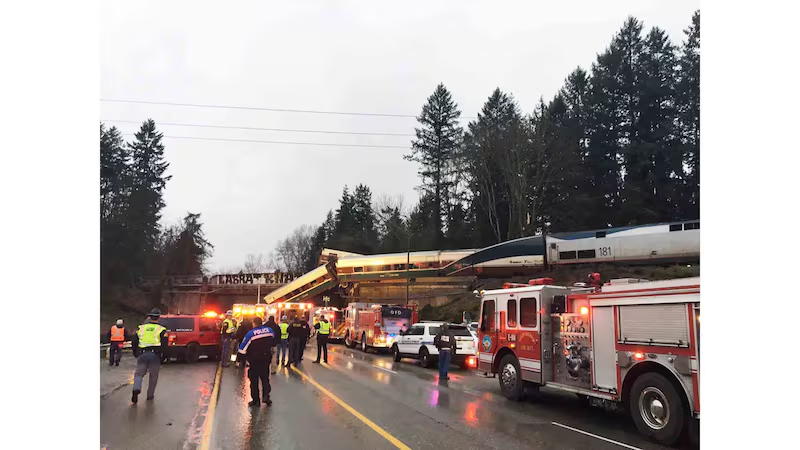
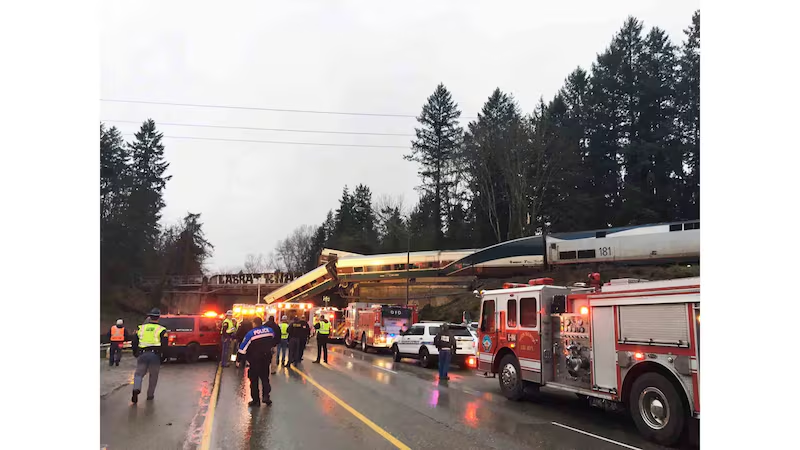
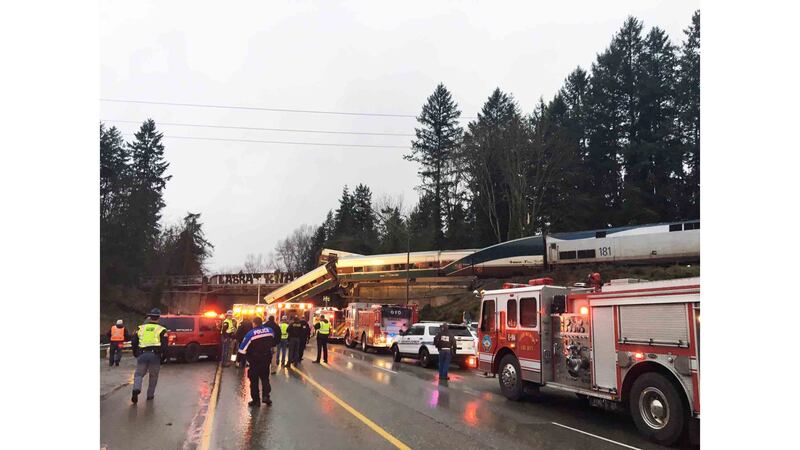
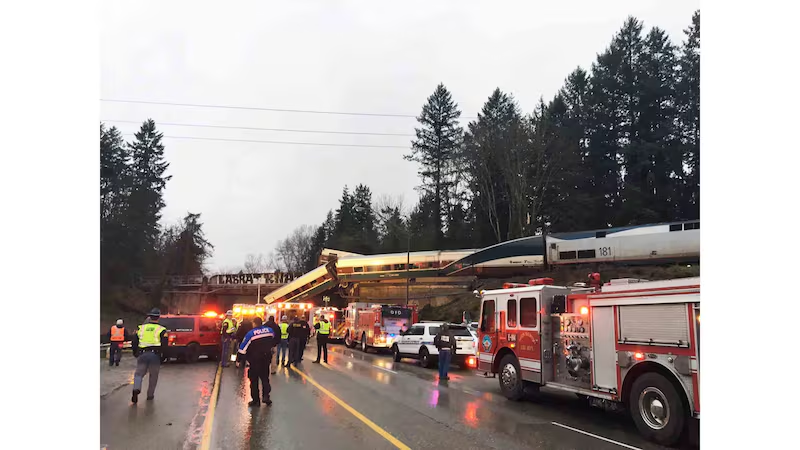
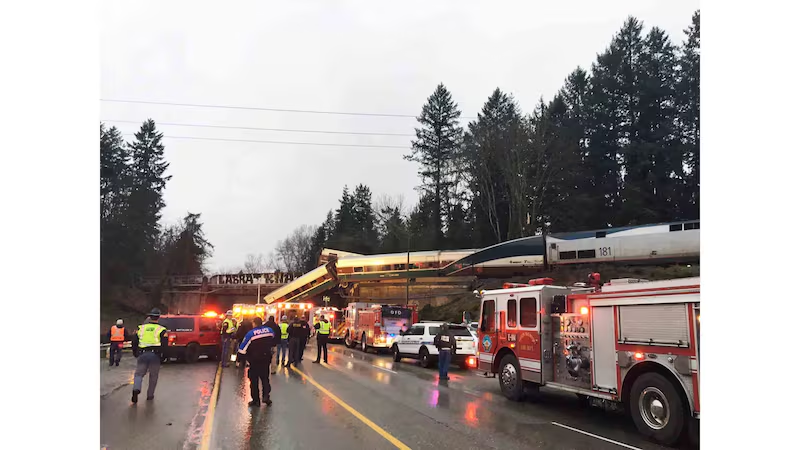
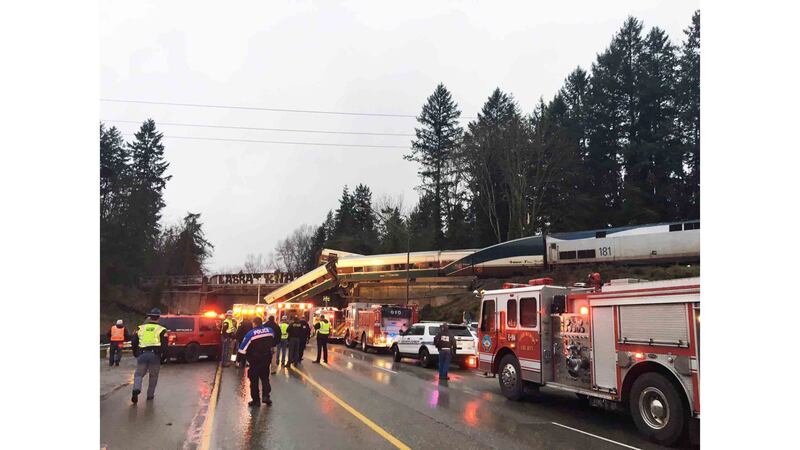
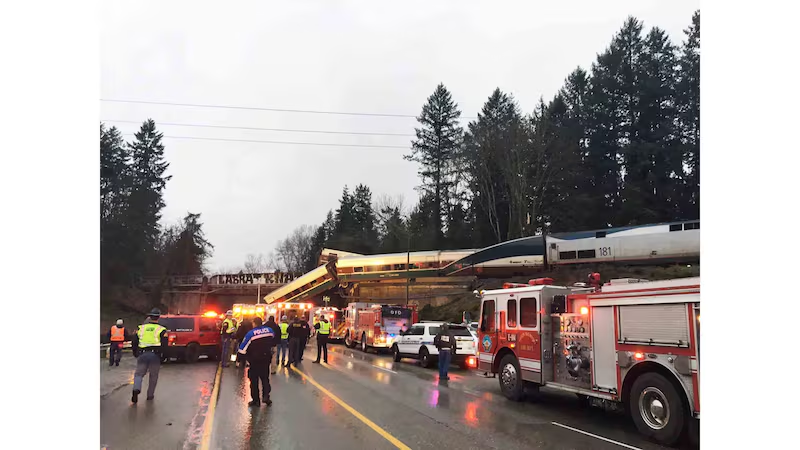
So when tragedy struck on Monday morning, it confirmed the worst fears of residents throughout the small communities scattered across the region, even if this specific incident didn’t play out in the way people warned it might. A fast-moving train didn’t smash into a truck stuck at an at-grade crossing, but a fast-moving train did plummet onto an interstate full of passenger cars and trucks. And the fears community members raised in as many venues as they could find fell on deaf ears at the state and federal government level, says Gasak.
“The rate of speed these trains were going is what we were concerned about,” she says. “We just didn’t have any sort of control over any of it. We’re all devastated.”
Gorski, the city councilor, was one of the new route’s most vocal critics. He had to fight just to get the government to release a schedule to the small cities the train line would traverse, so that local governments could analyze whether they had the emergency personnel to respond to an accident, should one occur.
“We need to know these things for our first responders, especially at those speeds,” Gorski told The Daily Beast. “When I asked for that, I was told they didn’t have that information available.”
Gorski’s claims he also had to convince the Washington Department of Transportation to run its test trains on the new line at the actual times the real train would run, to get an accurate sense of the traffic.
“They were doing it all based on modeling,” he said.
Shelbie Boyd awoke to a series of sirens blazing down Interstate 5 Monday morning, on the Tacoma police officer’s day off. She belongs to a neighborhood association that has been telling anyone who’ll listen that the new rail line sets up a dangerous potential for a collision at the intersection near her house on the north side of DuPont. Just the other day, Boyd was headed toward that intersection about to cross the tracks when she saw lights flashing.
“The entire intersection just lit up. I slammed on the brakes, the arms come down and that train just blew by.” It was the railroad crossing for the Amtrak line, and there wasn’t much of a warning. “Trucks and cars stop on those tracks often,” Boyd said. “We’ve been telling them, this is just not smart. You need to do some traffic studies.”
Boyd says transportation officials assured residents that by the end of 2018, they’d install sensors on the tracks that automatically slow trains that are going too fast. She and others asked that those devices go in before the new route opened. Those requests were ignored, she says. “Why don’t you make it safer for us, before you make your trip ten minutes faster?” She said.
As she spoke, Interstate 5 south remained closed, as crews worked to clean up a fuel spill and brought in cranes to stabilize the wreckage and ultimately remove the dangling car from the overpass. The highway isn’t expected to reopen until Tuesday morning.
“They will clean this up, they’ll assign blame, they’ll do a little testing, then they’ll start running trains on this line again,” McDonald says. “Then there’ll be another accident, probably at an at-grade crossing.”
Added Boyd: “It’s going to be forgotten. I have no doubt. It’s the way of the world.”

